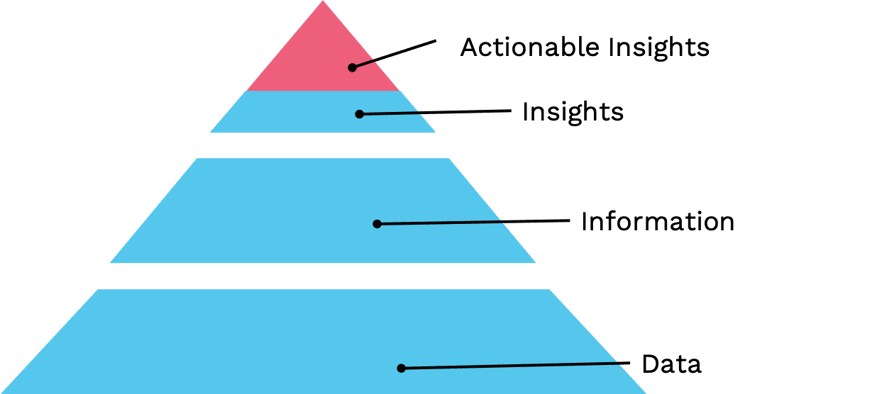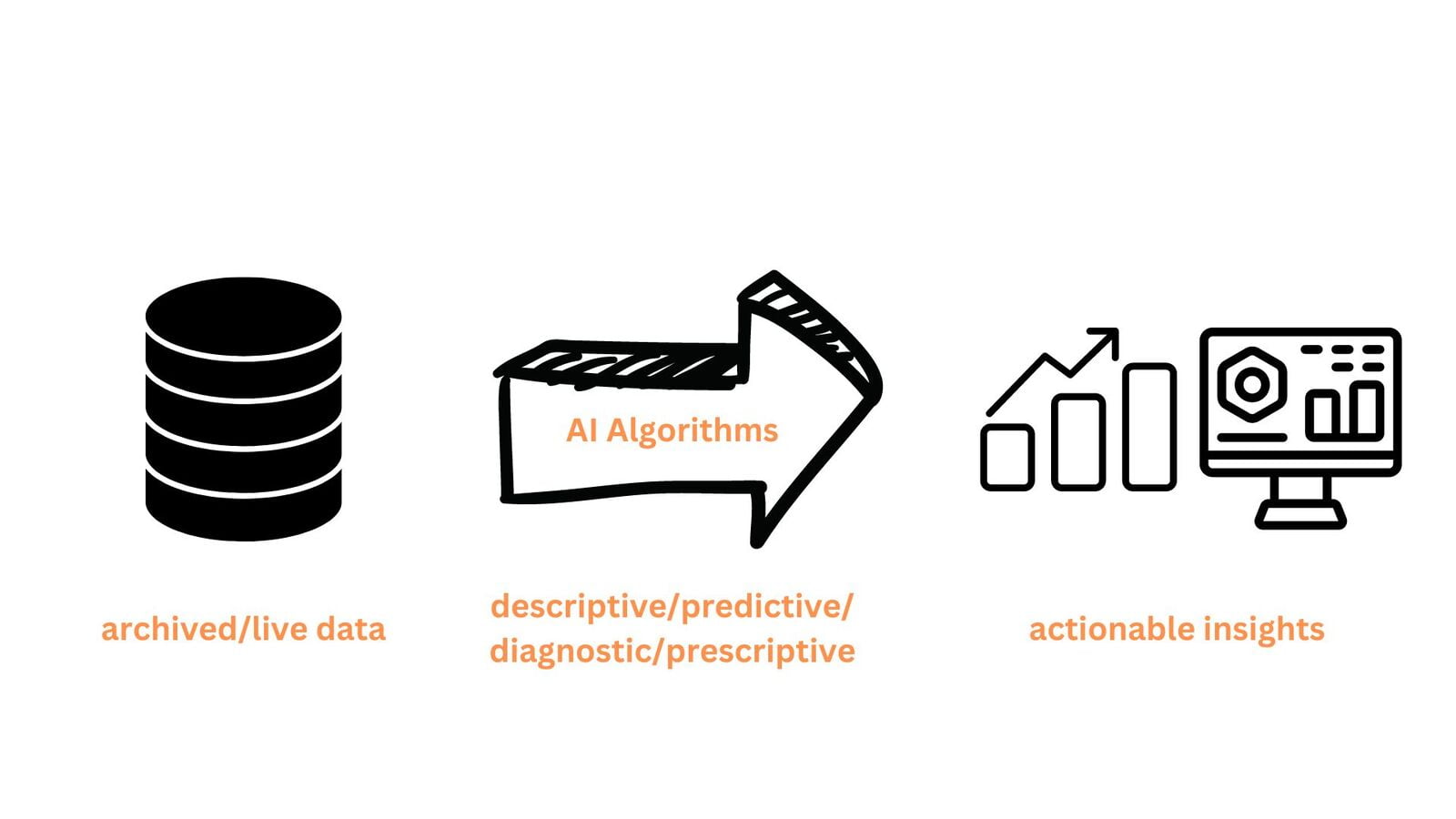In today's rapidly evolving digital landscape, the volume and complexity of data have reached unprecedented levels. Every interaction, transaction, and online activity generates vast amounts of information, presenting businesses and individuals with a tremendous opportunity to gain valuable insights. However, extracting meaningful and actionable insights from this deluge of data can be a daunting task. Fortunately, artificial intelligence (AI) and machine learning have emerged as transformative technologies, revolutionizing the way we approach data analysis. By automating processes, reducing manual effort, and providing actionable insights, AI simplifies data analysis, enabling users to unlock the true value of their data. In this blog, we will explore how AI empowers users to simplify data analysis tasks and harness the full potential of their data.

Data analysis often starts with data cleaning and preprocessing, critical steps that ensure data quality and accuracy. In traditional data analysis approaches, these tasks required substantial manual effort, making them time-consuming and error-prone. However, AI techniques have revolutionized data cleaning by automating processes such as handling missing values, standardizing formats, and identifying outliers. By leveraging machine learning algorithms, tools like DataRobot and Trifacta can automatically detect and clean inconsistent or erroneous data, allowing analysts to focus on extracting insights rather than wrestling with data inconsistencies. This streamlining of data cleaning and preprocessing saves valuable time and ensures accurate results.
On the other hand Exploratory Data Analysis (EDA) plays a vital role in understanding data patterns and relationships before conducting in-depth analysis. Traditionally, EDA required analysts to manually generate visualizations and identify relevant trends. However, AI simplifies EDA by providing automated visualization and analysis capabilities. Advanced platforms like Tableau and Power BI utilize AI-driven algorithms to automatically generate insightful visualizations and recommend relevant charts or graphs based on the data. This empowers users to interactively explore data, identify trends, and make quick data-driven decisions without extensive manual effort. With AI-powered EDA tools, users can unlock the hidden patterns within their data more efficiently.
Lets dive in and talk about how Predictive analytics enables organizations to forecast outcomes and make informed decisions. Traditionally, this process involved complex statistical modeling and analysis. However, AI-powered machine learning algorithms have revolutionized predictive analytics by automating the entire process. By learning patterns from historical data, these algorithms can generate accurate predictions or classifications. For example, companies like Amazon and Netflix leverage AI algorithms to recommend products or movies to users based on their browsing and purchase history. By embracing AI for predictive analytics, businesses can optimize operations, enhance customer experiences, and improve decision-making with ease. AI simplifies the predictive analytics process, making it accessible to a broader range of users.
What is Natural Language Processing for Text Analysis? Unstructured text data, such as customer reviews or social media posts, holds valuable insights but can be challenging to analyze manually. AI-powered natural language processing (NLP) techniques simplify text analysis tasks by extracting sentiment, identifying topics, and summarizing large volumes of text. Cutting-edge tools like IBM Watson and Google Cloud's NLP APIs enable businesses to analyze customer feedback, monitor brand sentiment, and gain actionable insights from textual data, all with the power of AI-driven text analysis. NLP-powered text analysis empowers businesses to efficiently process and understand large amounts of unstructured data, providing valuable information to drive strategic decisions.
Data exploration and visualization are crucial for understanding complex datasets. Traditional approaches often involved static visualizations or cumbersome processes to explore and understand data. However, AI-powered tools and platforms revolutionize data exploration and visualization by providing interactive and dynamic interfaces. Platforms like Plotly and D3.js leverage AI techniques to create interactive charts and dashboards, enabling users to dive deep into the data, filter information, and uncover hidden insights in real-time. This interactive data exploration enhances collaboration, speeds up analysis, and empowers users to make data-driven decisions effortlessly.

In the era of big data, AI and machine learning have become essential allies in simplifying data analysis. By automating data cleaning and preprocessing, enabling exploratory data analysis, facilitating predictive analytics, leveraging natural language processing for text analysis, and offering interactive data exploration and visualization capabilities, AI empowers users to simplify complex data analysis tasks. These AI-driven advancements save time, enhance accuracy, and enable users to extract actionable insights from their data more efficiently. Embracing AI in data analysis is not only a means to simplify processes, but it is also a strategic move to thrive in the data-driven landscape and gain a competitive edge. By leveraging the power of AI, businesses and individuals can unlock the true potential of their data and make informed decisions with confidence.
